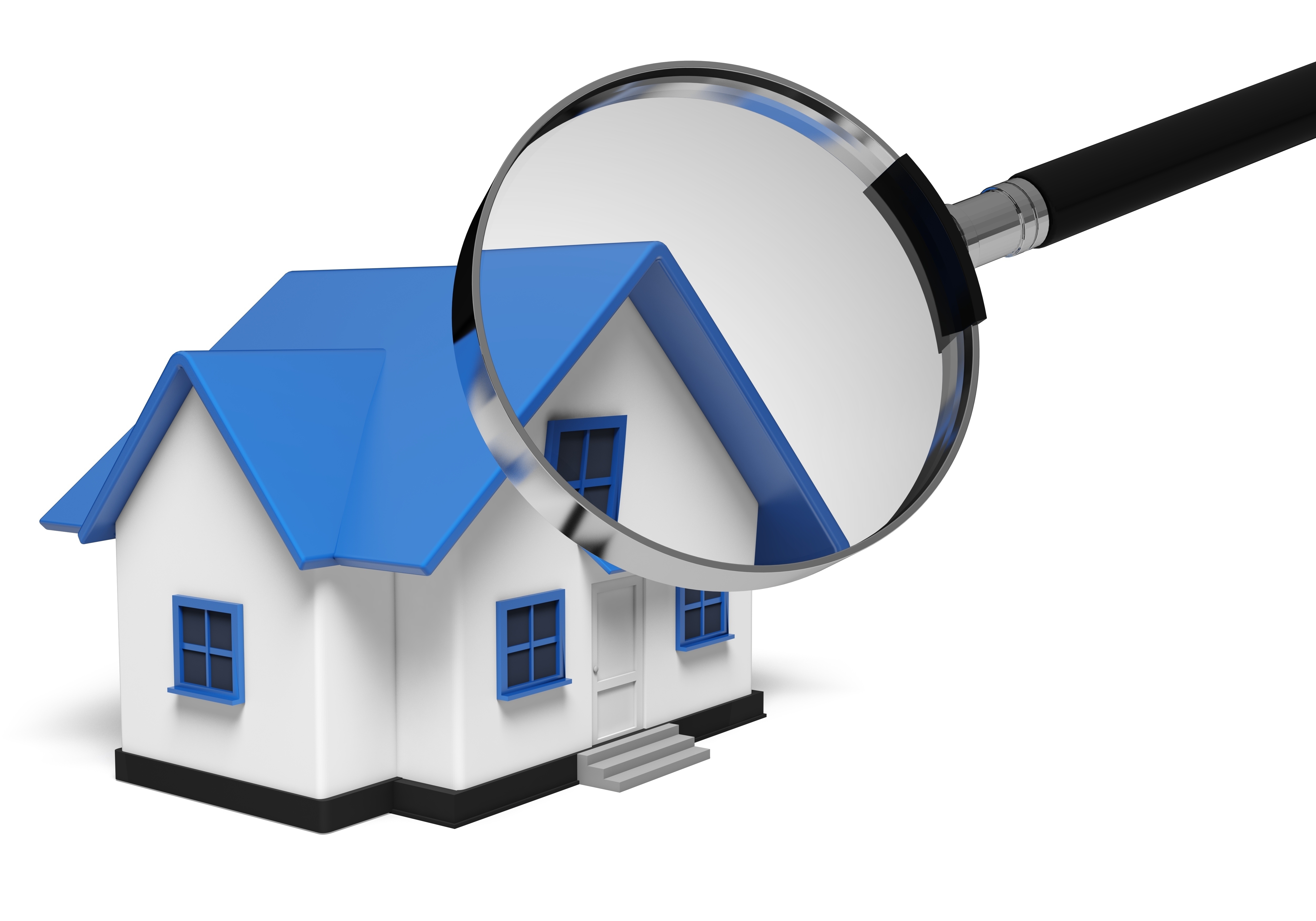
What Is an Appraisal?Buying a house can be the most serious transaction most of us may ever make. Whether it's where you raise your family, an additional vacation property or a rental fixer upper, the purchase of real property is a complex financial transaction that requires multiple people working in concert to make it all happen. Most people are familiar with the parties taking part in the transaction. The most recognizable person in the exchange is the real estate agent. Next, the mortgage company provides the financial capital needed to finance the transaction. And the title company sees to it that all areas of the exchange are completed and that the title is clear to transfer to the buyer from the seller. So, what party makes sure the value of the real estate is in line with the purchase price? This is where the appraiser comes in. We provide an unbiased estimate of what a buyer could expect to pay — or a seller receive — for a property, where both buyer and seller are informed parties. A licensed, certified, professional appraiser from Castle Appraisals will ensure, you as an interested party, are informed. The inspection is where an appraisal beginsOur first responsibility at Castle Appraisals is to inspect the property to determine its true status. We must see features first hand, such as the number of bedrooms and bathrooms, the location, amenities, etc., to ensure they really exist and are in the condition a typical buyer would expect them to be. To ensure the stated size of the property is accurate and convey the layout of the house, the inspection often requires creating a sketch of the floorplan. Most importantly, we identify any obvious features - or defects - that would have an impact on the value of the property. Once the site has been inspected, an appraiser uses two or three approaches to determining the value of real property: sales comparison and, in the case of a rental property, an income approach. 
Replacement CostThis is where we use information on local construction costs, the cost of labor and other elements to calculate how much it would cost to replace the property being appraised. This estimate commonly sets the maximum on what a property would sell for. The cost approach is also the least used method. 
Paired Sales AnalysisAppraisers become very familiar with the communities in which they appraise. They thoroughly understand the value of certain features to the homeowners of that area. Then, the appraiser researches recent transactions in close proximity to the subject and finds properties which are 'comparable' to the subject in question. Using knowledge of the value of certain items such as square footage, extra bathrooms, hardwood floors, fireplaces or view lots (just to name a few), we add or subtract from each comparable's sales price so that they are more accurately in line with the features of subject.
In the end, the appraiser reconciles the adjusted sales prices of all the comps and then derives an opinion of what the subject could sell for. At Castle Appraisals, we are an authority in knowing the worth of particular items in Mahopac and Putnam County neighborhoods. The sales comparison approach to value is usually given the most weight when an appraisal is for a real estate purchase. Valuation Using the Income ApproachIn the case of income producing properties - rental houses for example - the appraiser may use a third approach to value. In this case, the amount of revenue the real estate yields is factored in with other rents in the area for comparable properties to give an indicator of the current value. Arriving at a Value ConclusionExamining the data from all approaches, the appraiser is then ready to state an estimated market value for the property at hand. It is important to note that while this amount is probably the most accurate indication of what a house is worth, it probably will not be the price at which the property closes. There are always mitigating factors such as seller motivation, urgency or 'bidding wars' that may adjust the final price up or down. Regardless, the appraised value is often employed as a guideline for lenders who don't want to loan a buyer more money than the property is actually worth. It all comes down to this, an appraiser from Castle Appraisals will help you discover the most fair and balanced property value, so you can make the most informed real estate decisions. |